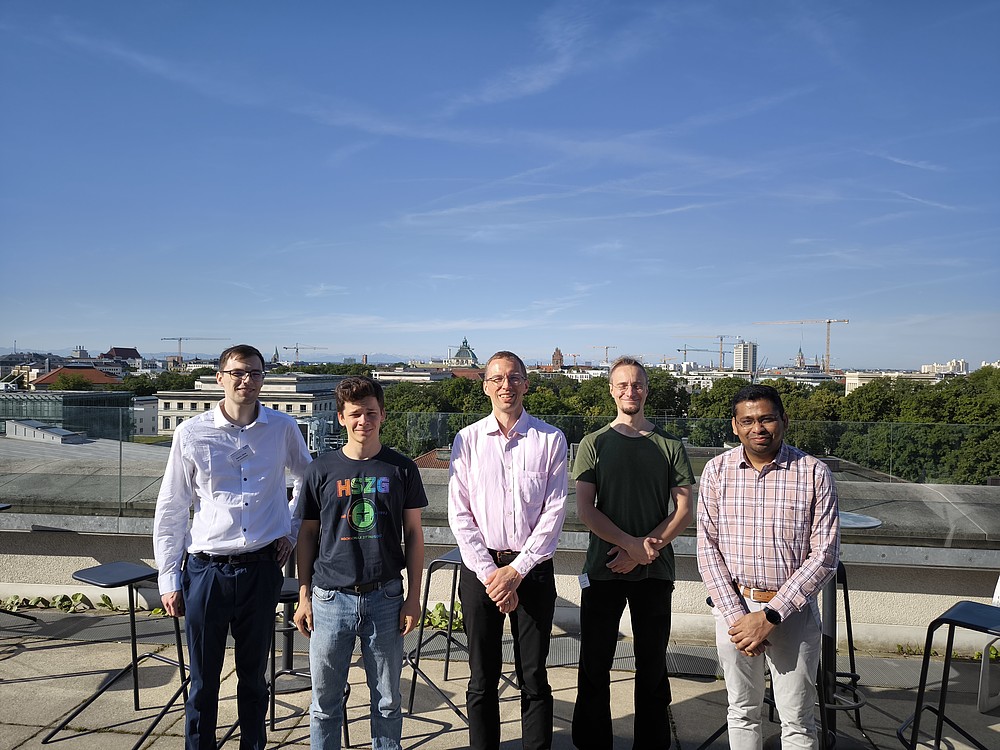The 31st traditional colloquium on high-voltage and systems engineering, known as the "Darmstadt Circle" for short, took place in Munich this year from June 17-19. Around 30 doctoral students and professors from the Technical Universities of Darmstadt, Dresden, Ilmenau, Munich and Zittau/Görlitz University of Applied Sciences met to discuss their current research work.
Prof. Kindersberger, former head of the Munich department and now retired, took the honor of opening the event with an outline of the long history of high-voltage engineering at the Technical University of Munich. He outlined the work of his predecessors over the last 100 years. Particularly impressive was the foresight of the department heads at the time, who equipped the buildings and facilities with their own generator sets and sophisticated media distribution systems after the Second World War. This meant that the department was largely independent of the city grid and was able to power experiments with a wide range of voltages, even distributed throughout the building. Even today, the size and diversity of the institute is still very impressive, also due to further modernizations.
In the following days, the doctoral students presented their projects in four lecture sessions and one poster session. Interesting presentations were given in the fields of switches and arcs, insulating media and interfaces, measurement methods and experimental concepts as well as contact behavior and energy supply. Amalanathan A.J., Uwe Schubert and Henry Hirte from the HSZG each gave a presentation on the status of their research and were accompanied by Prof. Stefan Kornhuber. Tom Richter, who is currently writing his diploma thesis at the Department of High Voltage Technology in Zittau, was able to gain his first impressions of the work of his national colleagues.
In addition to the exchange of experiences, a tour of the laboratory and networking for new, potential collaborations, the highlight was an excursion to the FRM II neutron source in Garching. The research reactor serves many projects, such as the further development of X-ray methods and tumor treatment using neutron irradiation. This visit was culturally framed by a guided tour of Munich's old town and a trip to the go-kart track, where the fastest driver was determined in several races.
We would like to thank the team of Munich employees led by Patrick Gambeck, Thomas Lübeck and Felix Kaiser, who created a wonderful and enriching event for everyone despite the lack of a specialist guide.


